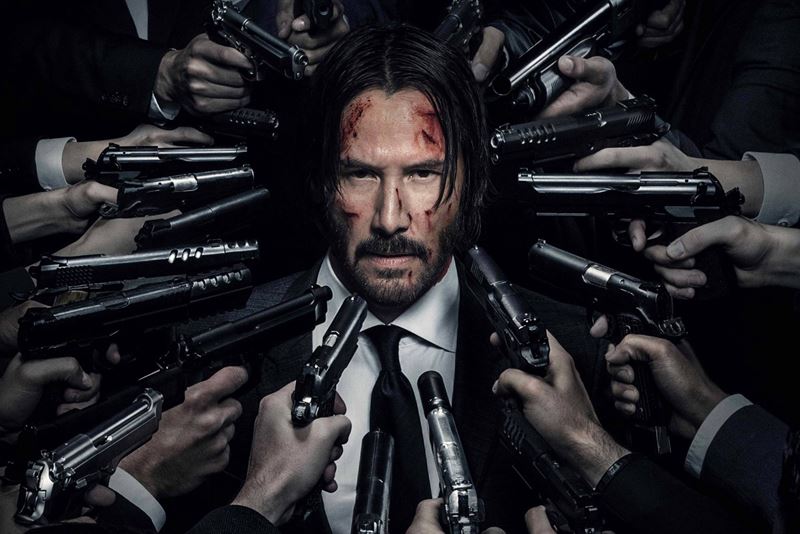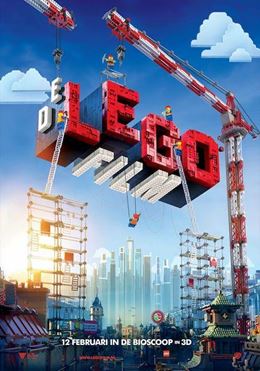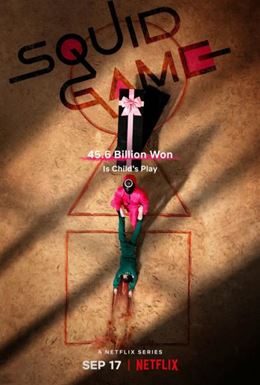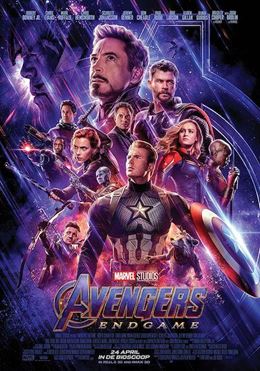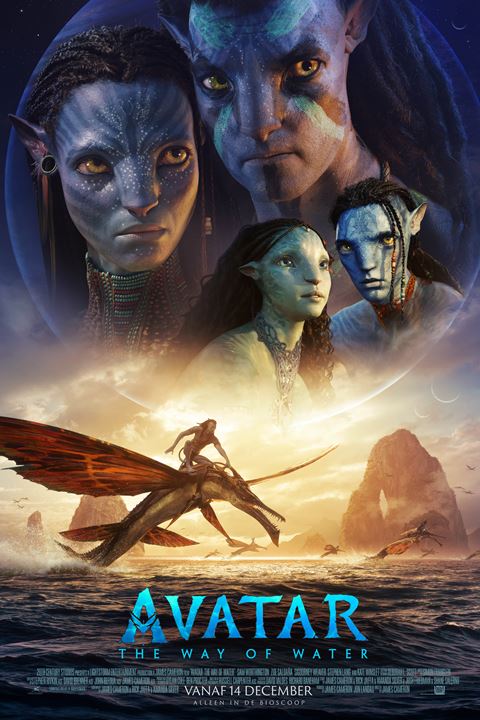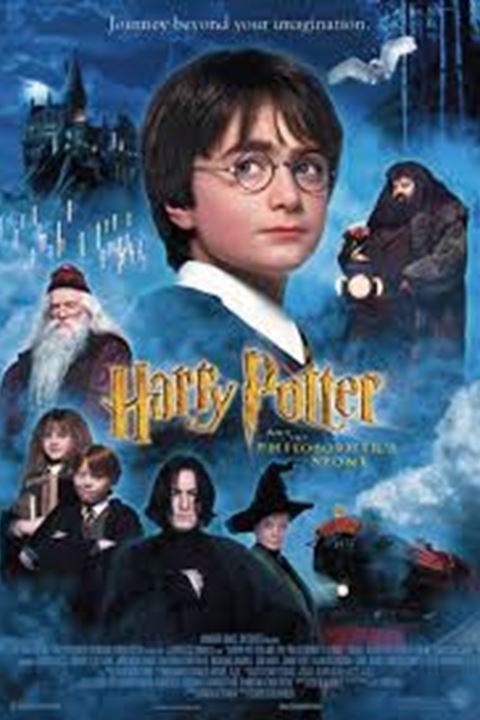Risks
Chance at aggressive behaviour
When violence is depicted in a realistic and believable way, the risk at aggressive behaviour is increased. To young children, fights between Pokémon or LEGO characters can also be ‘realistic and believable’, as they can have trouble discerning between what’s real and what’s fake.
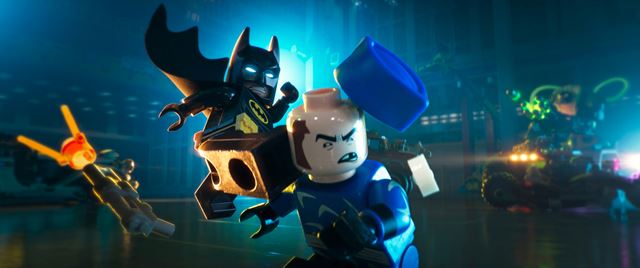
Research also shows that violent behaviour becomes attractive if it’s used on screen by a likeable character (the ‘good guy’). It also matters whether violent behaviour is visibly rewarded. If a character is punished for using violence, the chance at aggressive behaviour becomes smaller.
Desensitized
If children see a lot of violence in media, they can become desensitized to it: violence makes less of an impact on them and they will think less of it. The believability of the violence also plays a role here: the more realistic it’s depicted, the more harmful it becomes.
The chance at desensitization is also determined by the depiction of (many) injuries and blood. The more often you see those kinds of images, the less sensitive you will become to violence.
Finally, viewers can start to think less of violence if they see violence that is ‘justified’: violence that, for example, is used to save innocent victims or to prevent some kind of disaster.

The stronger the violence, the higher the age rating
All kinds of violence can occur in productions. From kicks and slaps to shootouts, torture or sexual violence like assault or rape. The general rule is: the stronger the violence, the higher the age rating.
